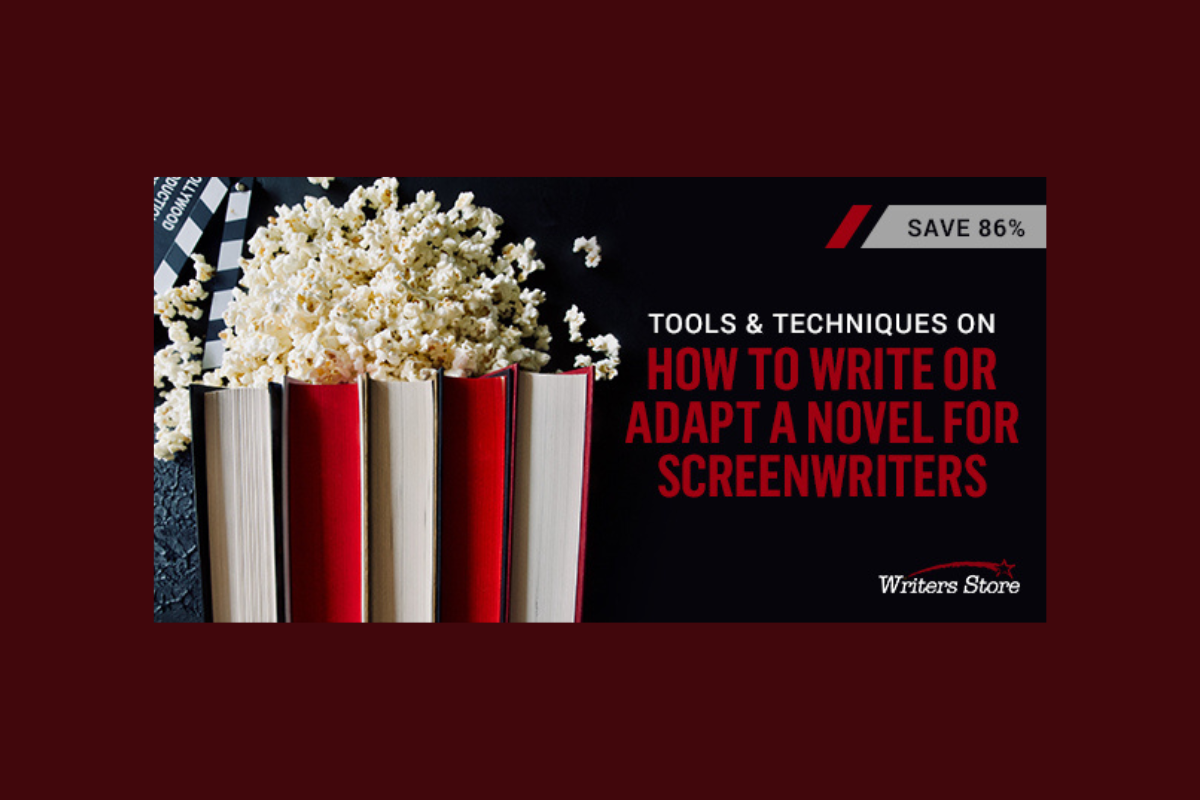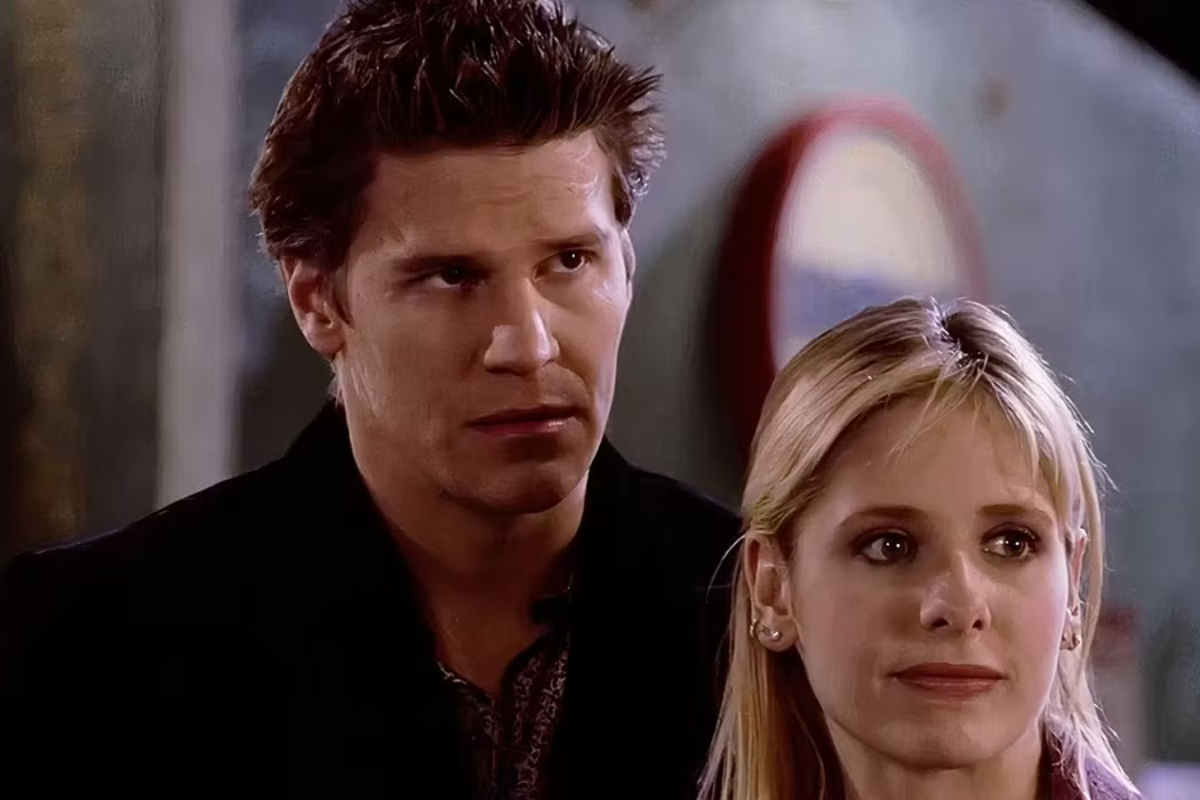Get Real: How Barbie’s Emotions Build a Transformative Journey
As screenwriters, we often think about what our characters want and need—but how often do we sit quietly and just feel?
Based on a plastic doll in a plastic world, the blockbuster comedy Barbie explores genuine insecurities and emotions, giving us a transformative character journey similar to The Velveteen Rabbit.
If you’re thinking, “Are you for real?” that’s the point. Both stories deal with real feelings, relatable honesty, and vulnerability, crafting moments that hit audiences right in the heart.
Let’s look at these similar coming-of-age tales and how to ramp up the emotion in your own writing. (And yes, spoilers ahead!)
Feelings spark change
Published in 1922, The Velveteen Rabbit by Margery Williams Bianco has never gone out of print. It still makes me teary when its plush protagonist asks the wisest of nursery toys what it means to be real.
You know the part:
“Real isn’t how you are made,” said the Skin Horse. “It’s a thing that happens to you. When a child loves you for a long, long time, not just to play with, but REALLY loves you, then you become Real.”
It takes a long time, the horse adds, answering the shy rabbit’s questions. “Generally, by the time you are Real, most of your hair has been loved off, and your eyes drop out and you get loose in the joints and very shabby. But these things don’t matter at all, because once you are Real you can’t be ugly, except to people who don’t understand.”
At first, the rabbit is sad at the thought of losing his whiskers, but the Boy (unnamed in the story) snuggles with him at night and plays with him each day. The rabbit is so happy that he doesn’t notice his tail loosening or his velveteen wearing thin. The Boy says he’s real, and that’s all that matters.
After the Boy recovers from scarlet fever (an infection now treated with antibiotics), his family must burn everything he’s touched—including the toy rabbit. In a sack full of linens and other items bound for the bonfire, the rabbit is overcome with memories, and a tear trickles down his nose.
He’s given all his love and his life to this Boy, and he feels lost. Was this what he was made for?
Yet from those tears, a flower blooms. A fairy emerges. She gathers the rabbit in her arms and takes him to a glade with other rabbits, where she makes him real for everyone, free to run and jump and live a full life.
It’s a simple tale with storybook magic, yet it affects us because we identify with its longings—craving unconditional love and acceptance, not being abandoned—and its unspoken truth.
Even if he wasn’t discarded, the rabbit’s relationship with the Boy would change someday because all children grow up.
The Velveteen Rabbit builds a rewarding ending where these characters cherish their friendship, but they also live their own lives.
The Art of Adaptation: What 'Romeo + Juliet' and 'West Side Story' Can Teach Screenwriters
Barbie strikes a chord
Now available on home video and on demand, Barbie has struck a chord since its July release, earning $1.4 billion worldwide on a $151 million budget. This film echoes The Velveteen Rabbit, with another toy venturing beyond her environment to become real, but it taps into other themes such as self-love, recognizing one’s potential, and facing mortality.
Director Greta Gerwig wrote the film with her real-life partner, Noah Baumbach, opening the film in idyllic Barbie Land where our protagonist (an endearingly guileless Margot Robbie) lives with other Barbie dolls, Kens, Midge, and Allan.
Barbie wakes in her Dreamhouse each morning to coordinated outfits that materialize in the closet and a dainty breakfast of heart-shaped waffles. She floats from her roof into a pink convertible, where she greets the other Barbies acting as President, Supreme Court Justice, author, doctor, astronaut, and so on.
Her perfect day hits a needle scratch when Barbie asks during a dance party, “Do you guys ever think about dying?” The next morning, her waffle has burned, she falls off the roof, her arched feet are flat, and she has cellulite.
Weird Barbie (Kate McKinnon), the community sage, tells our Barbie to visit the Real World and meet the child playing with her to get her perfect life back. Ken (Ryan Gosling), Barbie’s boyfriend who is more an accessory than essential, tags along, eager to help.
We all can sympathize with feeling like life has gone sideways—and navigating discomfort. The upbeat Barbie feels self-conscious for the first time when she and Ken arrive in the Real World at Venice Beach, California. People gawk at their neon clothes and in-line skates, and a man slaps Barbie’s backside. She punches him in the nose, startled at herself.
To find the girl she came to meet, she closes her eyes at a bus stop and visualizes a young girl who grows into a surly teen. Barbie cries—another new experience for her—then listens to the wind, the birds, and the park around her. She notices an older woman (Oscar-winning costume designer Ann Roth, 91) seated at the bus stop with her.
“You’re so beautiful,” Barbie says in wonder.
“I know it,” the woman replies, smiling. Seeing this woman “embracing mortality with a laugh,” Barbie smiles and laughs back.
“I think you’re just right”
Gradually, Barbie learns that the mother (America Ferrara) of the teen in her vision has triggered her dour thoughts and flaws. Fleeing from Mattel execs who want to stuff her back in a box, Barbie meets the spirit of Ruth Handler (Rhea Perlman), the businesswoman who invented the Barbie doll in 1959.
Ruth serves Barbie tea. Barbie feels awkward, not used to cups with real liquid, and thinks she looks a mess. “I think you’re just right,” Ruth says, sounding like a loving mom.
Meanwhile, astonished that “men run the world,” Ken develops a new sense of self. He returns to Barbie Land, where he puts the other Kens in charge. When Barbie confronts him, he tells her how hurt he’s been when taken for granted. “How’s that feel?” he says. “It’s not fun, is it?”
Are You There, Kelly Fremon Craig? It’s Us, Screenwriters
Barbie and her friends eventually set Barbie Land to rights, granting the Kens a bit of power as well. Yet this doesn’t resolve Barbie’s existential crisis. As Billie Eilish sings, “What was I made for?” the world fades away, leaving Ruth and Barbie in a dreamlike space.
Ruth explains she created Barbie to not have an ending: “Humans only have one ending. Ideas live forever.”
This crystalizes something in Barbie. She doesn’t want to be just an idea anymore. She wants to create—to learn and test and discover what she really can do. She wants to be real.
“Just feel”
The Velveteen Rabbit might not have understood what becoming real meant when he spoke to the Skin Horse. But to be sure Barbie understands what this means, Ruth holds Barbie’s hands and tells her to “just feel.”
A montage unfolds of home movies from the friends and family of the cast and crew, a wordless moment that also left me teary—and several people on social media too.
Matt Zoller Seitz of Vulture and RogerEbert.com, for instance, wrote on X, the platform formerly known as Twitter, that the film “shifts into a ‘dream mode’ that’s quietly intense & hit me right in the heart.” Another user replied that moment “hits you with a wallop.”
We see children, parents, grandparents—generations of women, the full scope of a life. Barbie weeps and opens her eyes. “Yes,” she says.
She chooses to be human, with all that entails, because she wants more for herself and to find where she belongs—again, desires to which all of us can relate.
As screenwriters, we often think about what our characters want and need—but how often do we sit quietly and just feel? These two stories work so well because they tap into universal fears and feelings through smaller, personal moments.
“Movies, dolls: Human beings make them,” Gerwig told EW, explaining how she wanted the montage to help make Barbie’s story more personal. “Every film I make has to come from a personal place.”
By all means, get excited by your story’s characters, twists, and scenes—but don’t get so wrapped up in what’s on the surface that you forget those human connections. Don’t be afraid to dig deep.
Just feel—and see where those real moments take you.
Learn more about the craft and business of screenwriting and television writing from our Script University courses!
Valerie Kalfrin is an award-winning crime journalist turned essayist, film critic, screenwriter, script reader, and emerging script consultant. She writes for RogerEbert.com, In Their Own League, The Hollywood Reporter, The Script Lab, The Guardian, Film Racket, Bright Wall/Dark Room, ScreenCraft, and other outlets. A moderator of the Tampa-area writing group Screenwriters of Tomorrow, she’s available for story consultation, writing assignments, sensitivity reads, coverage, and collaboration. Find her at valeriekalfrin.com or on Twitter @valeriekalfrin.







